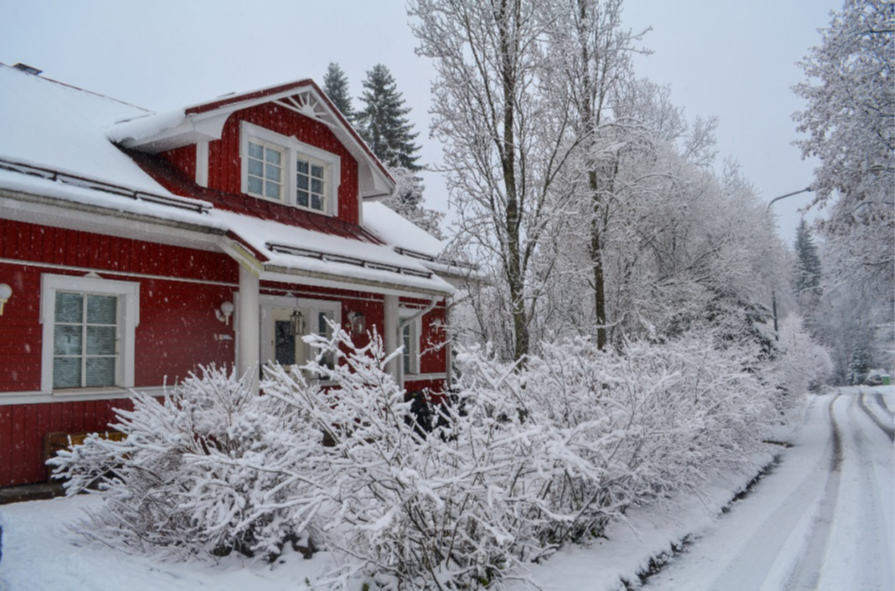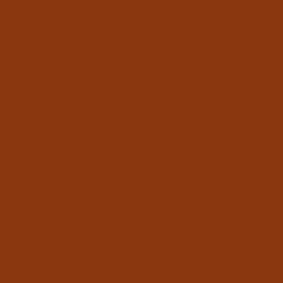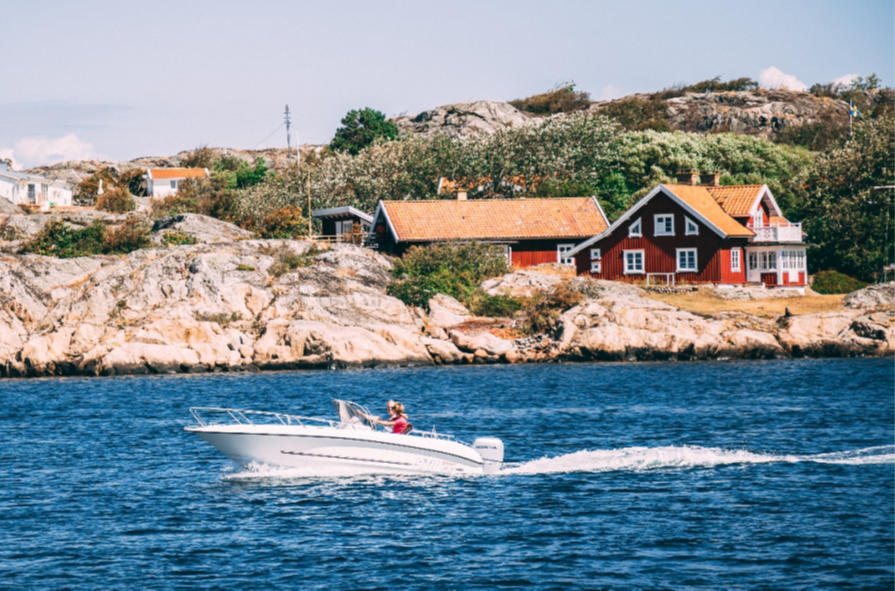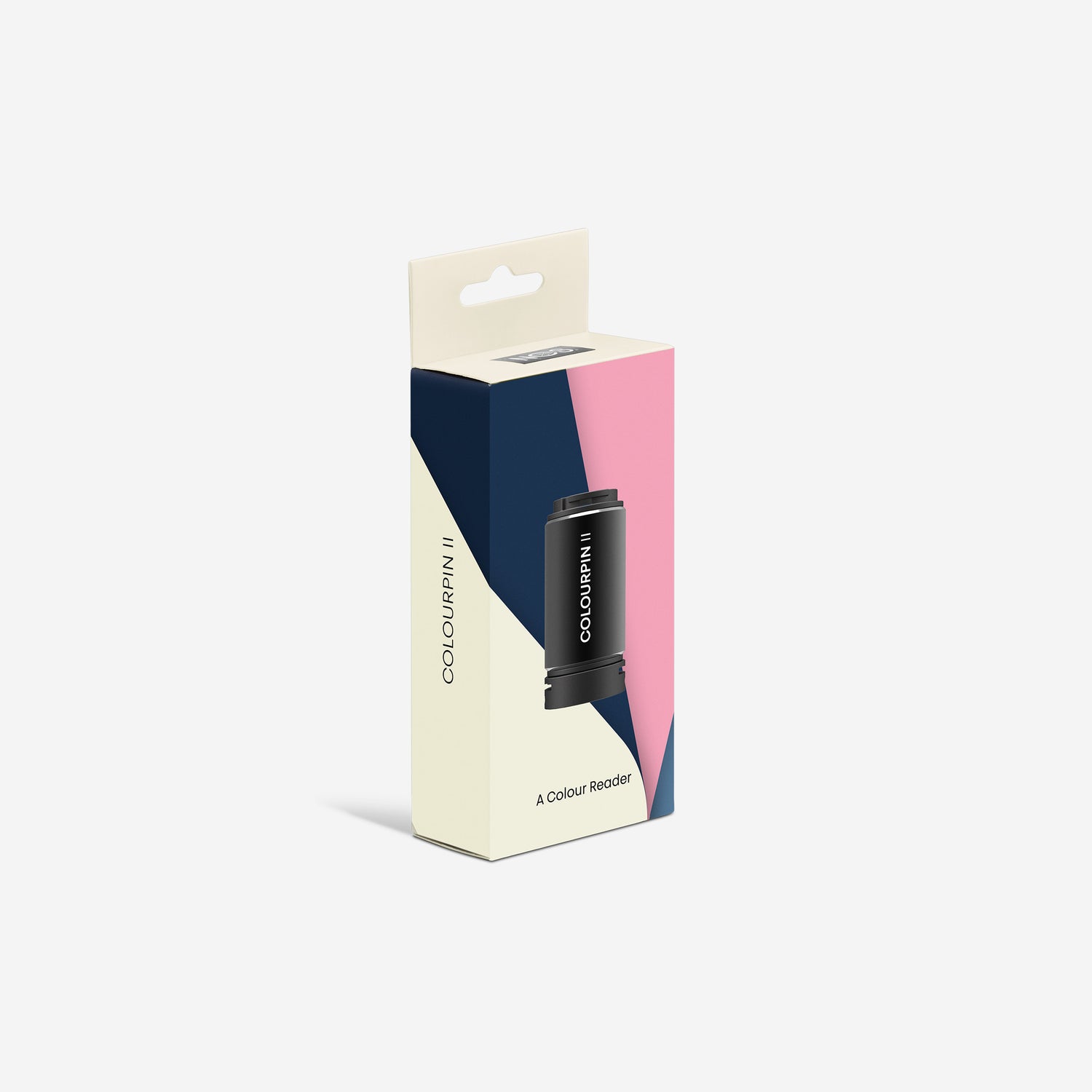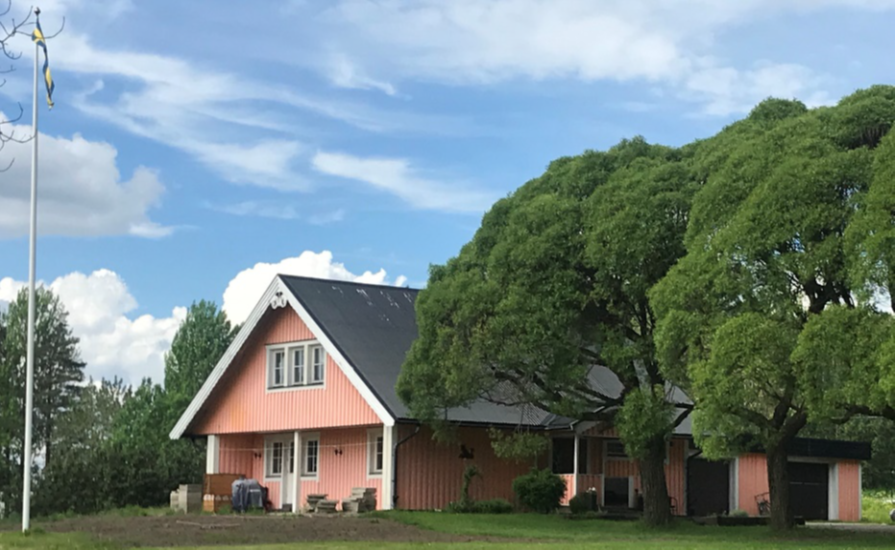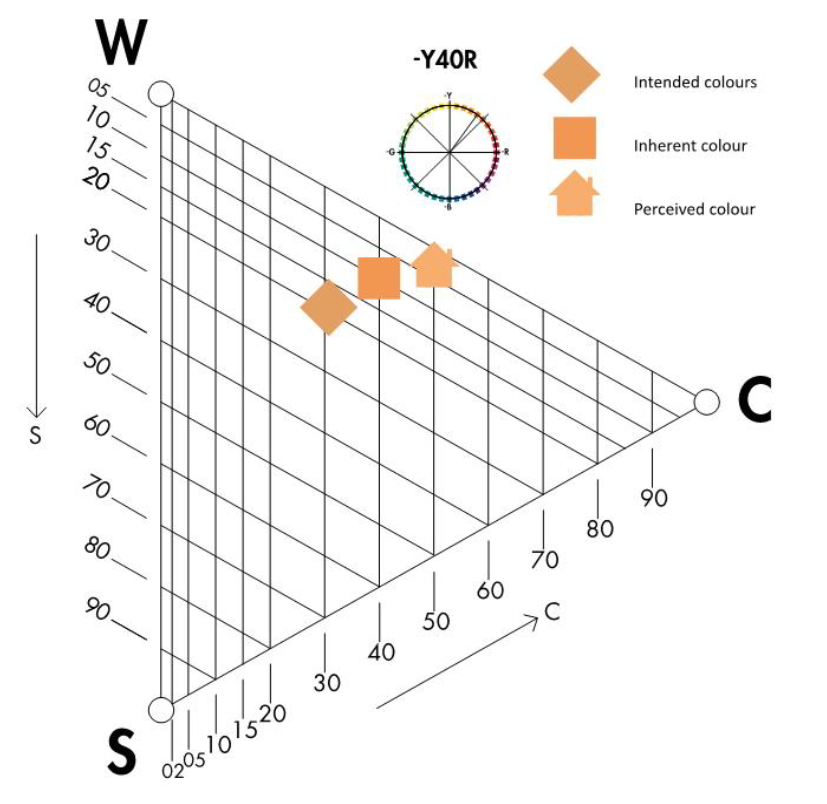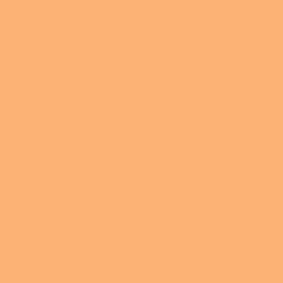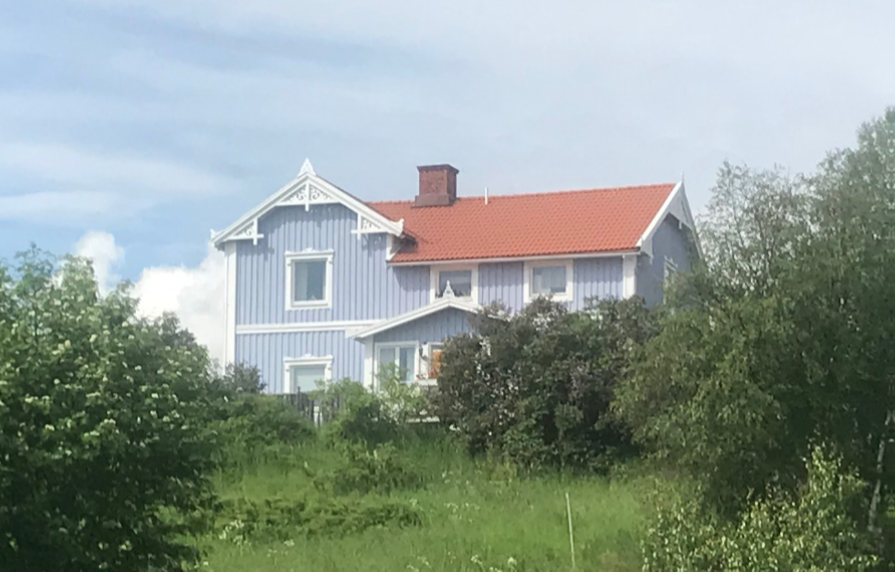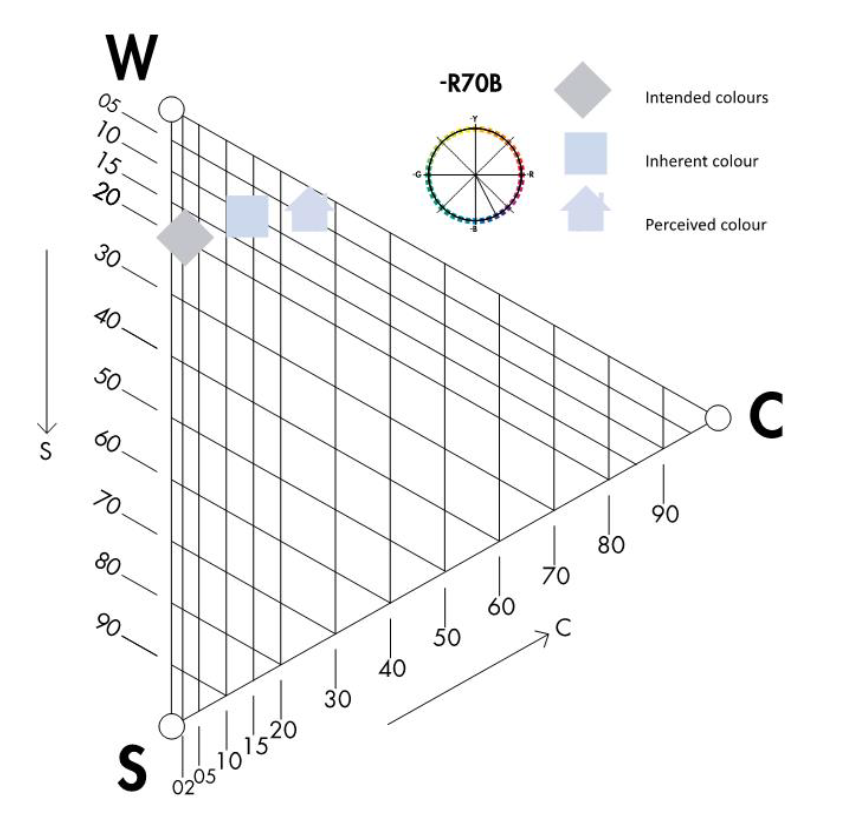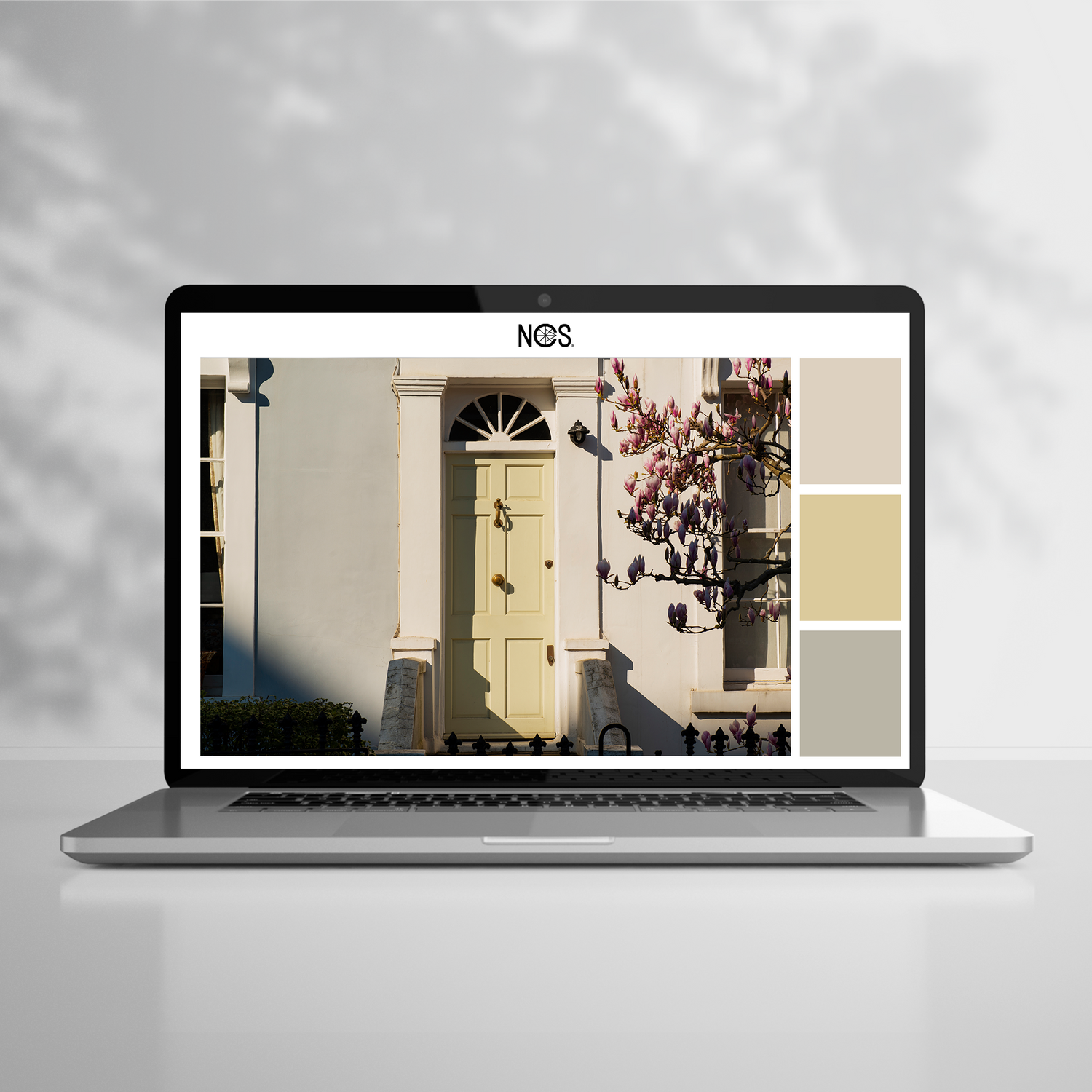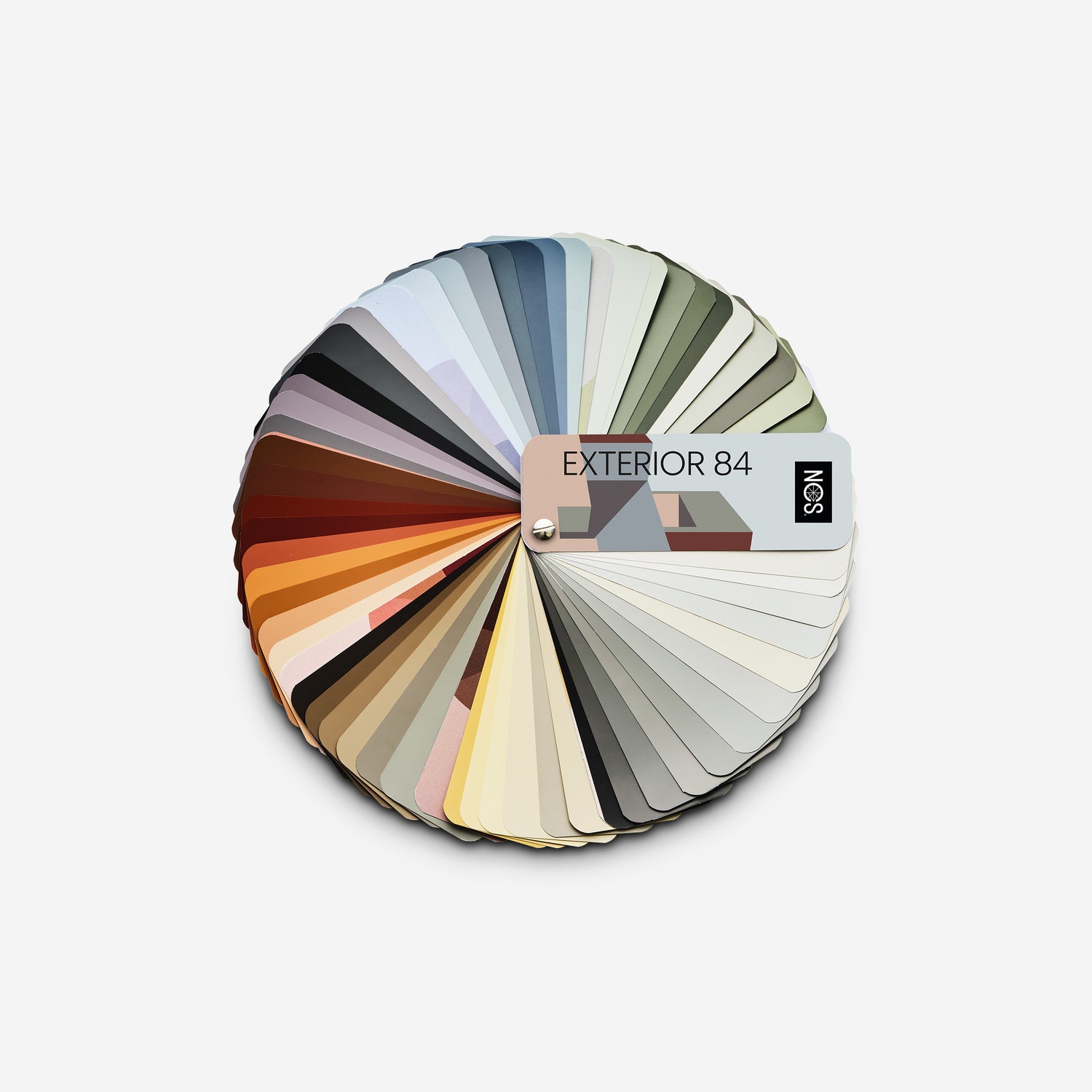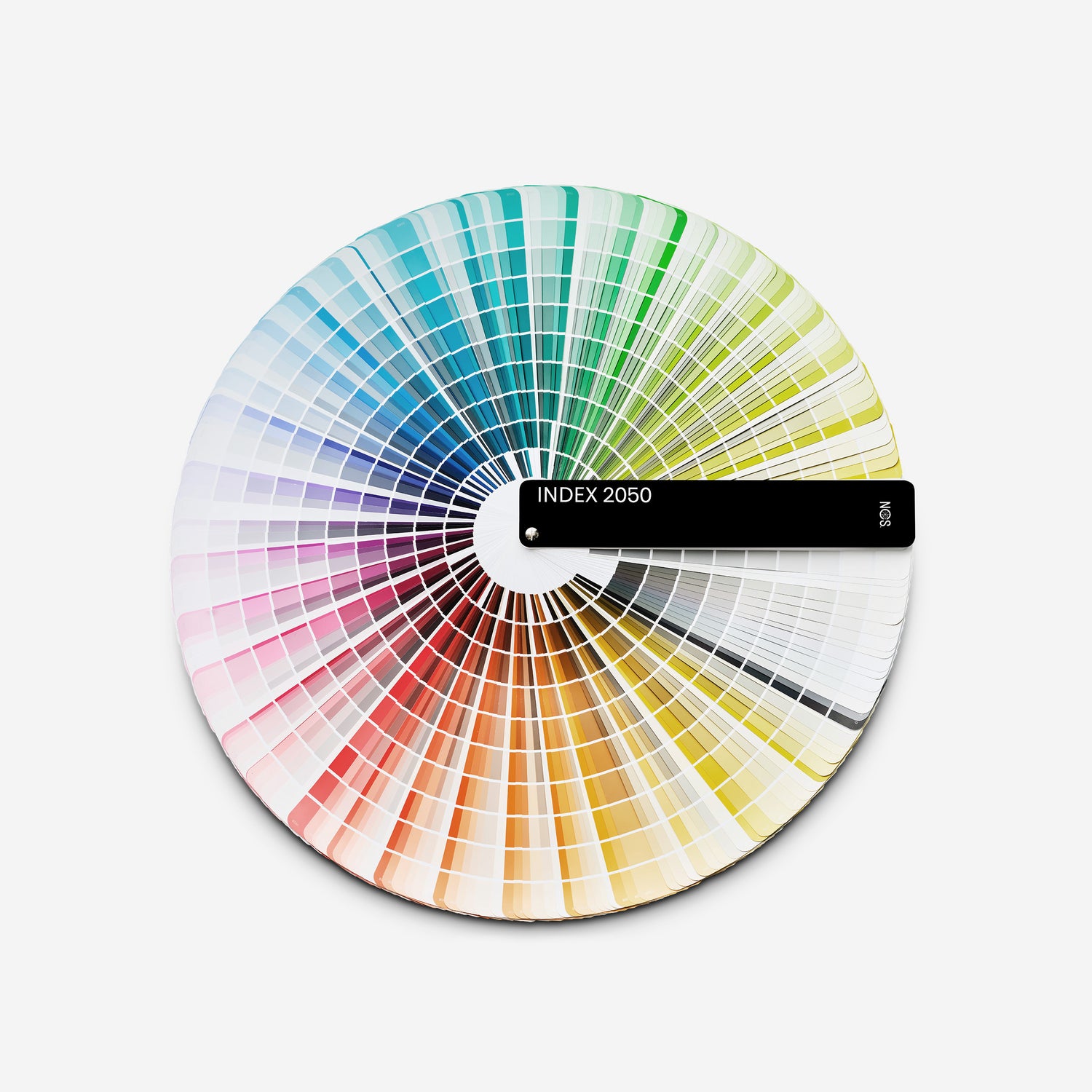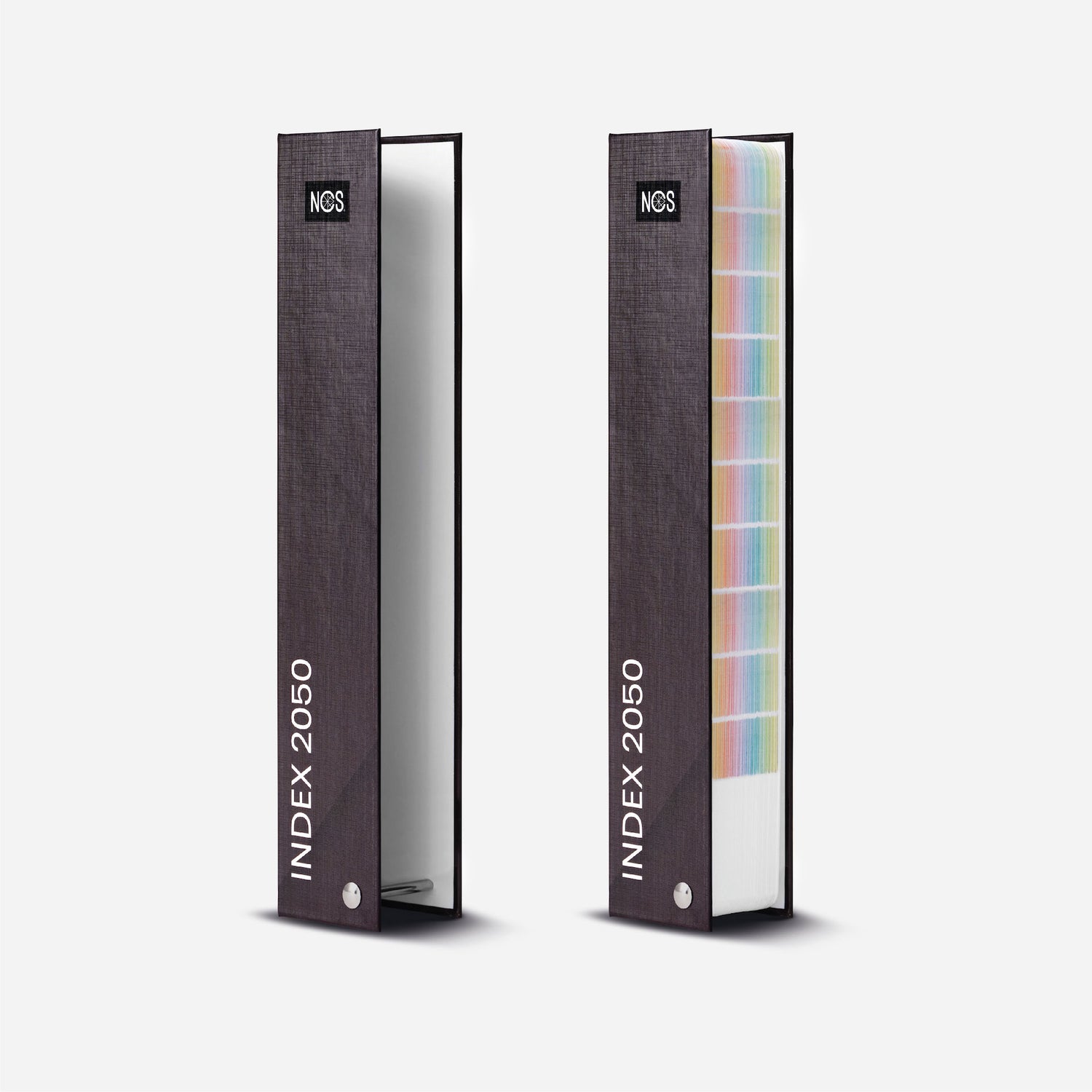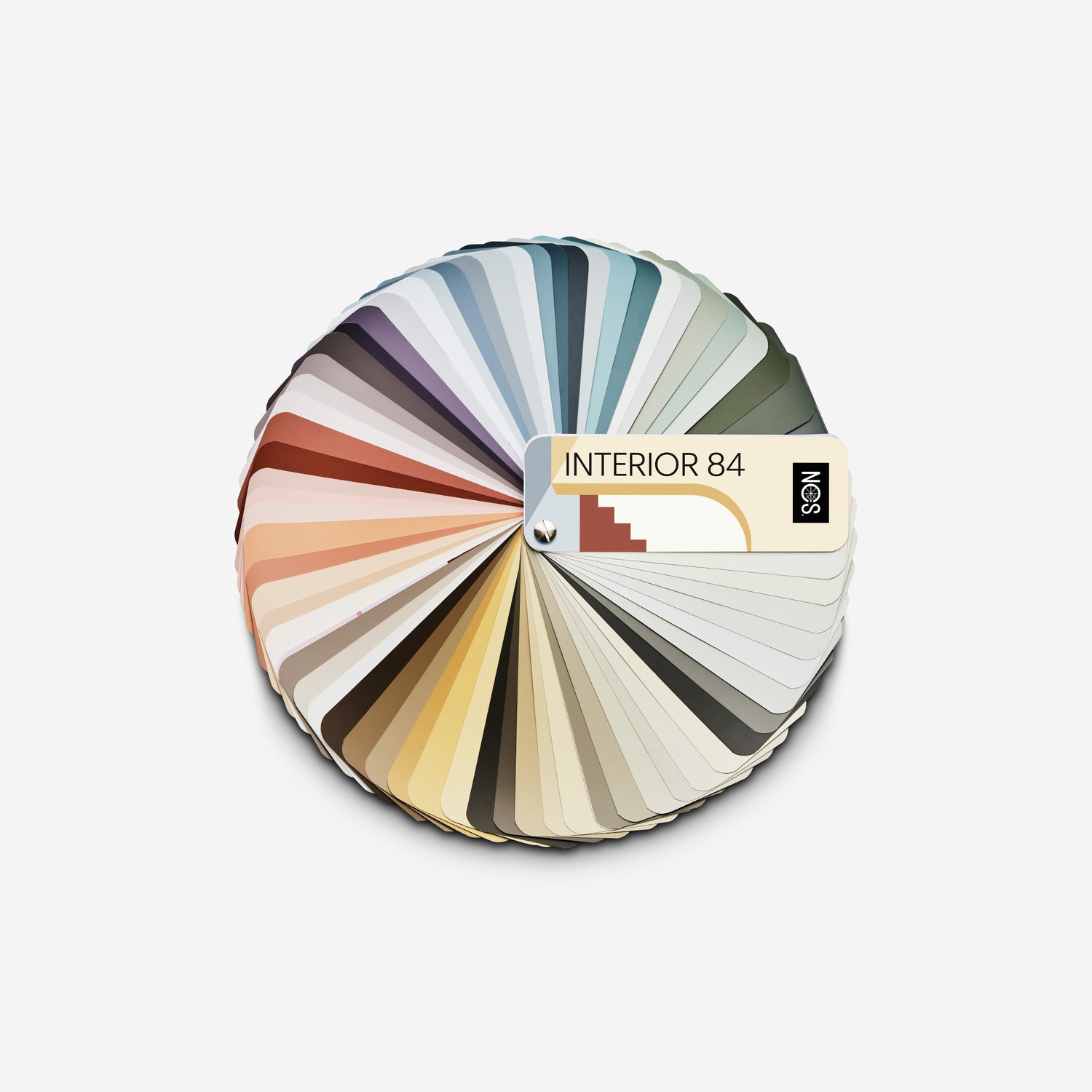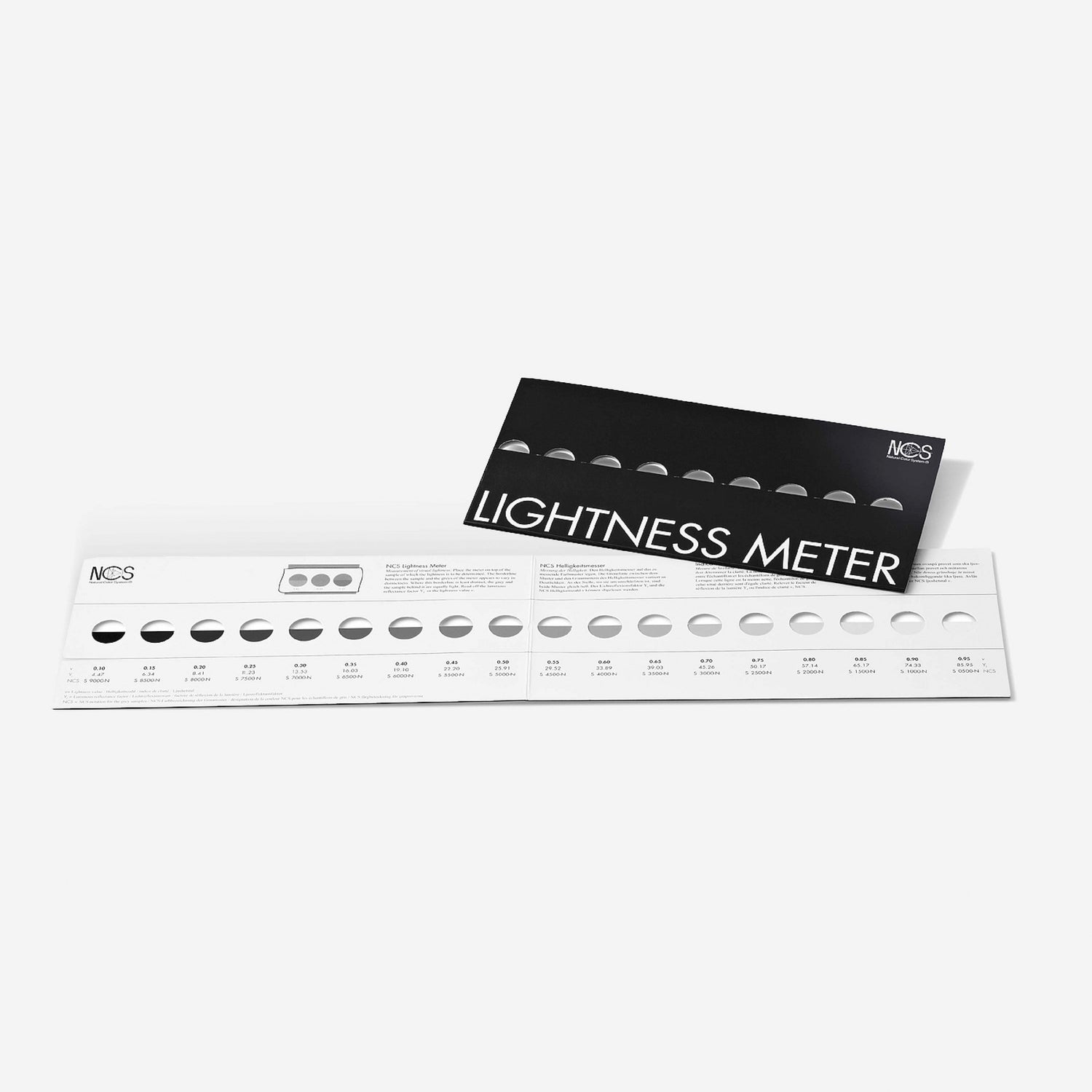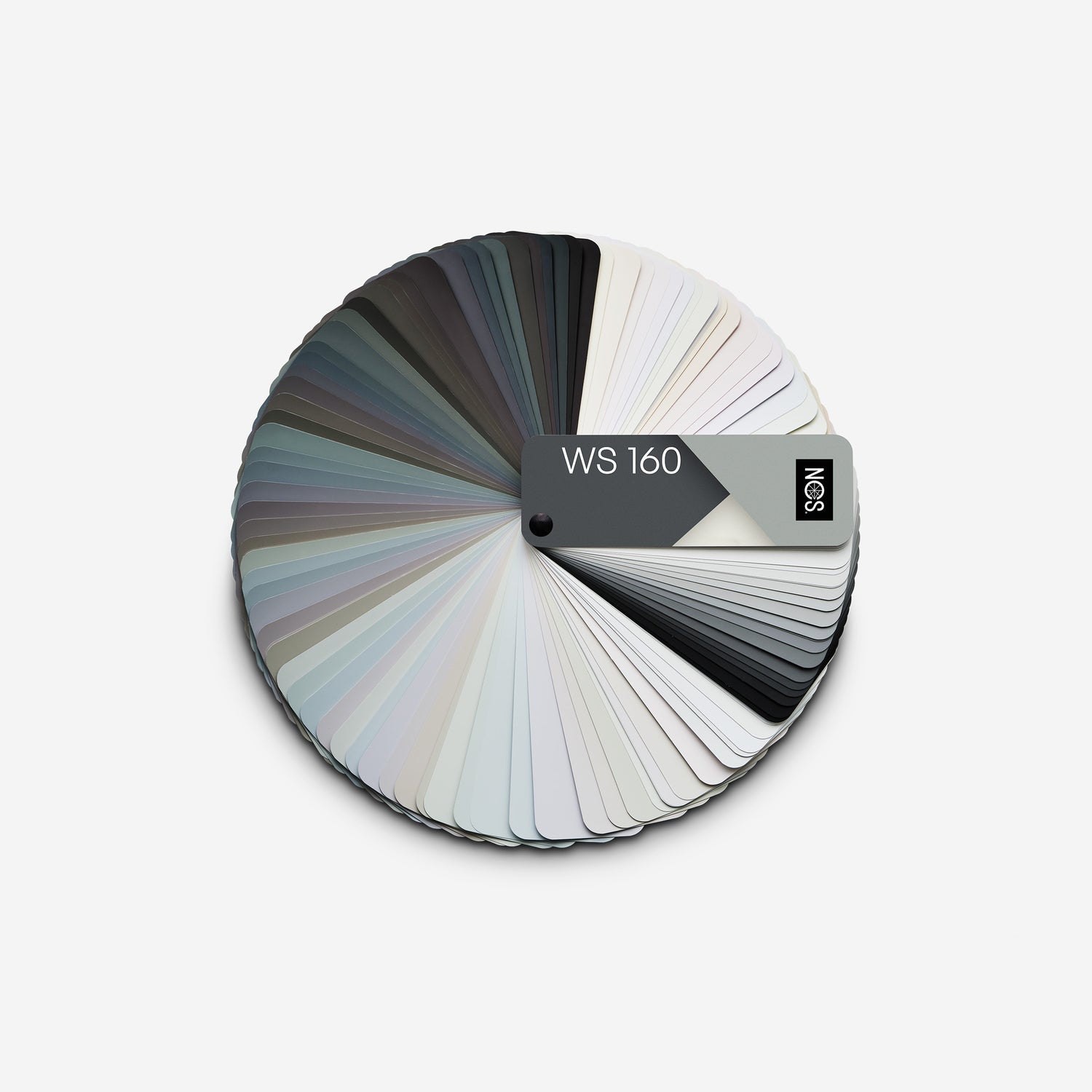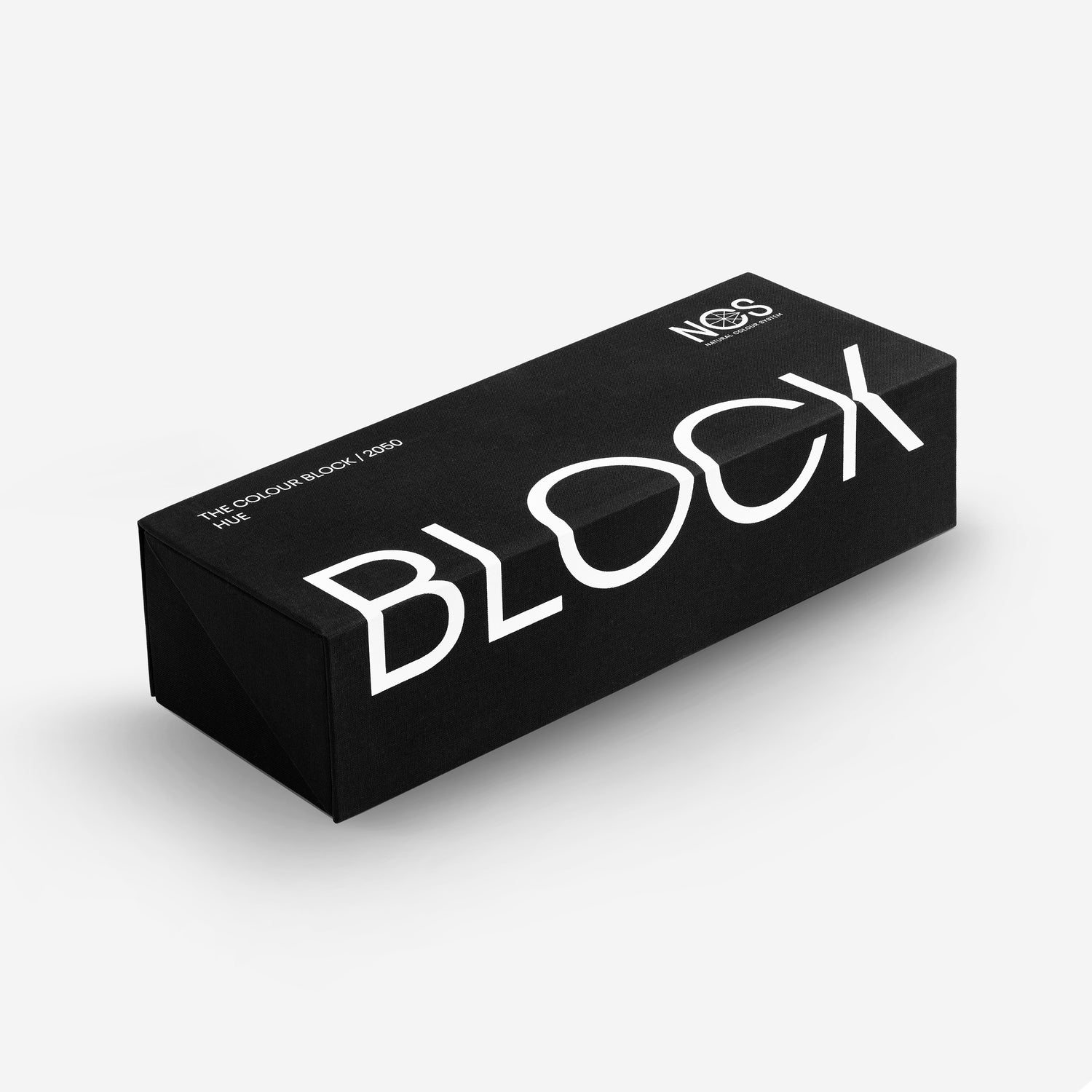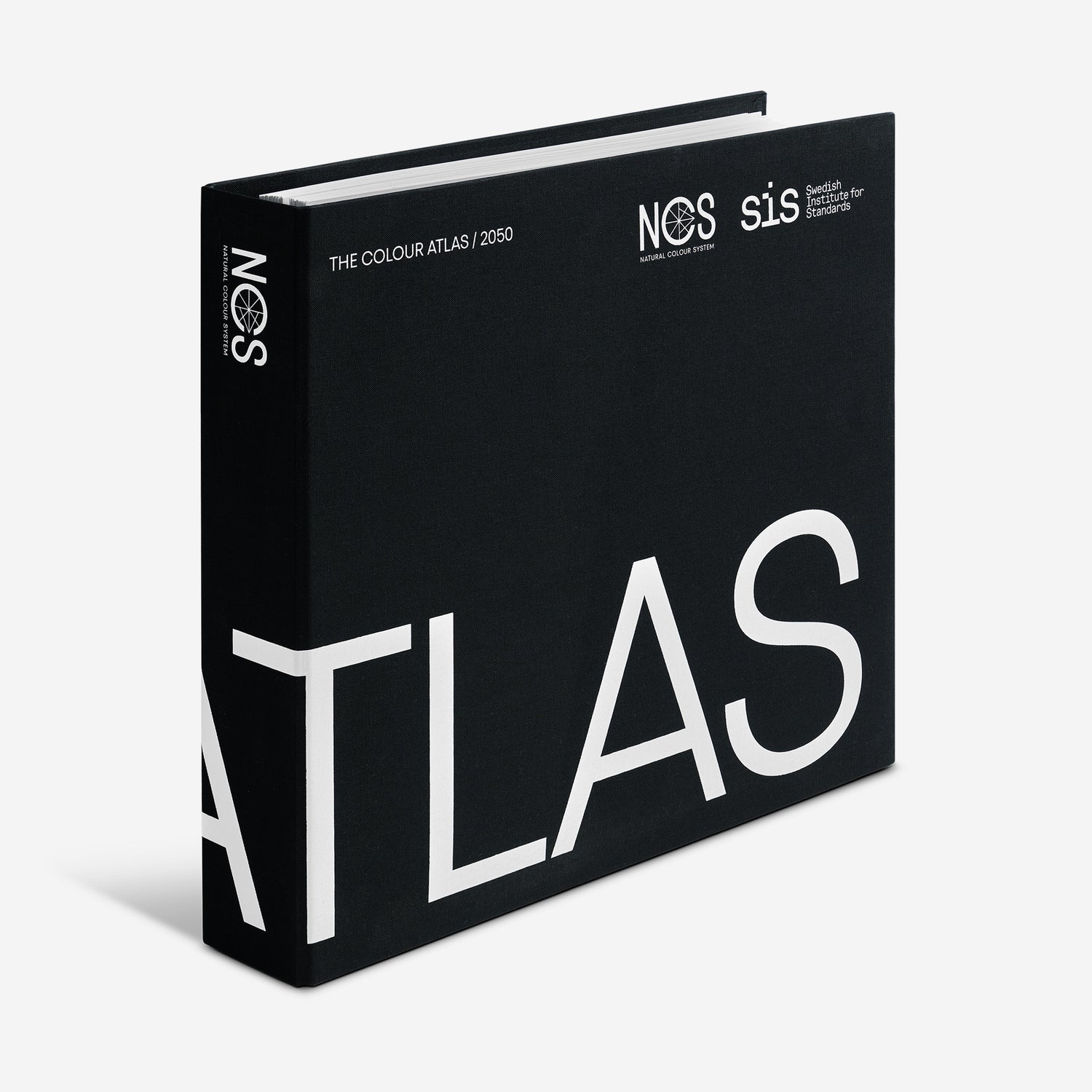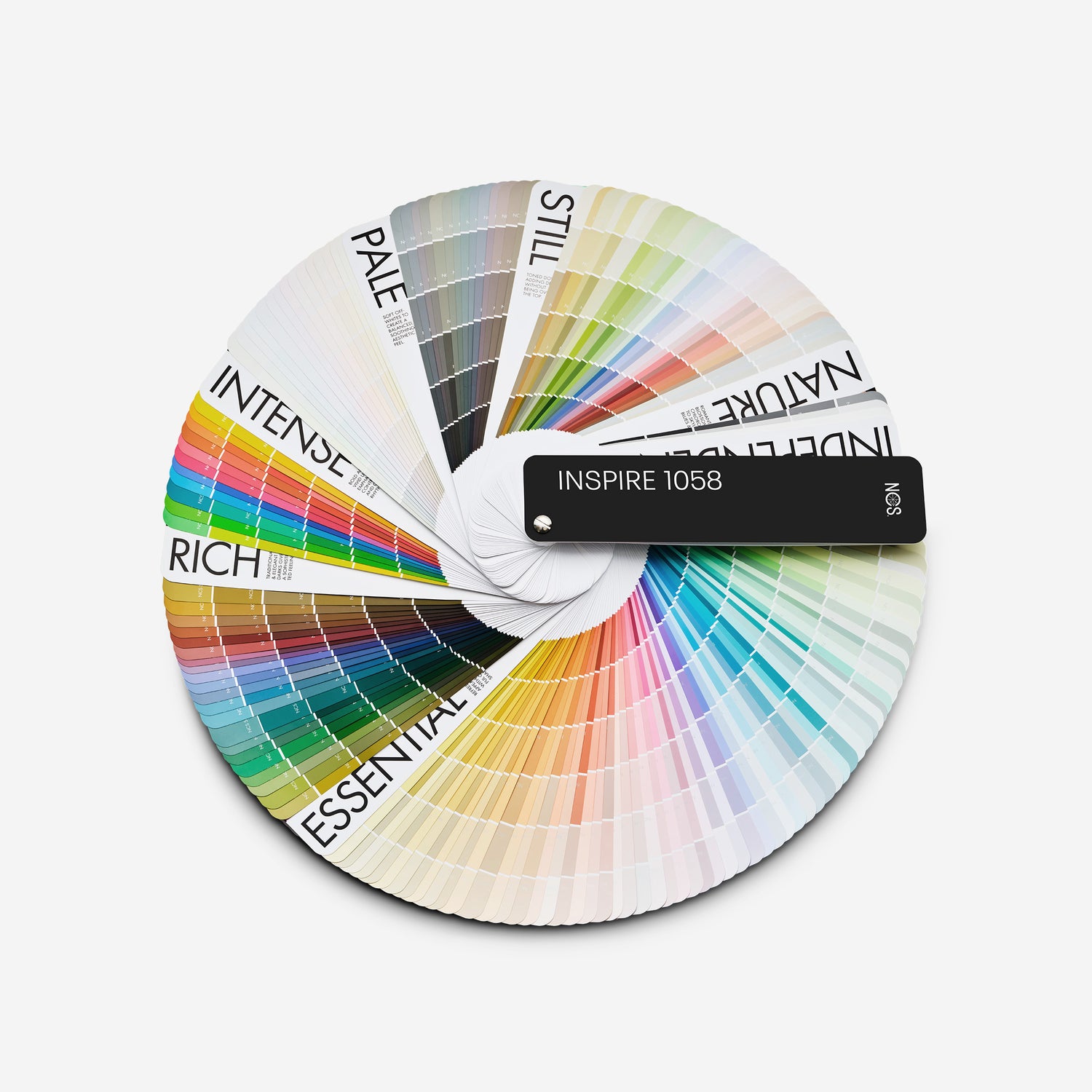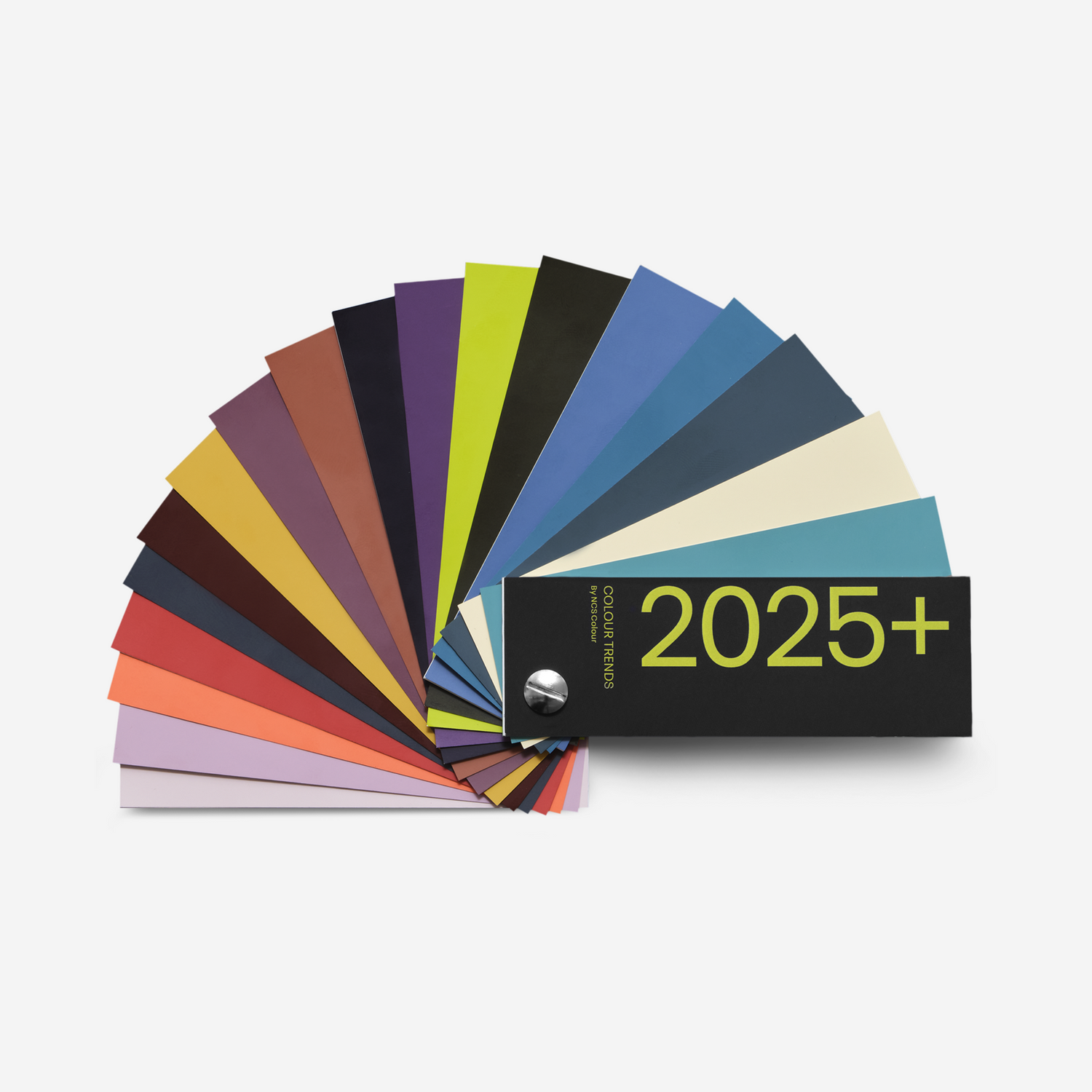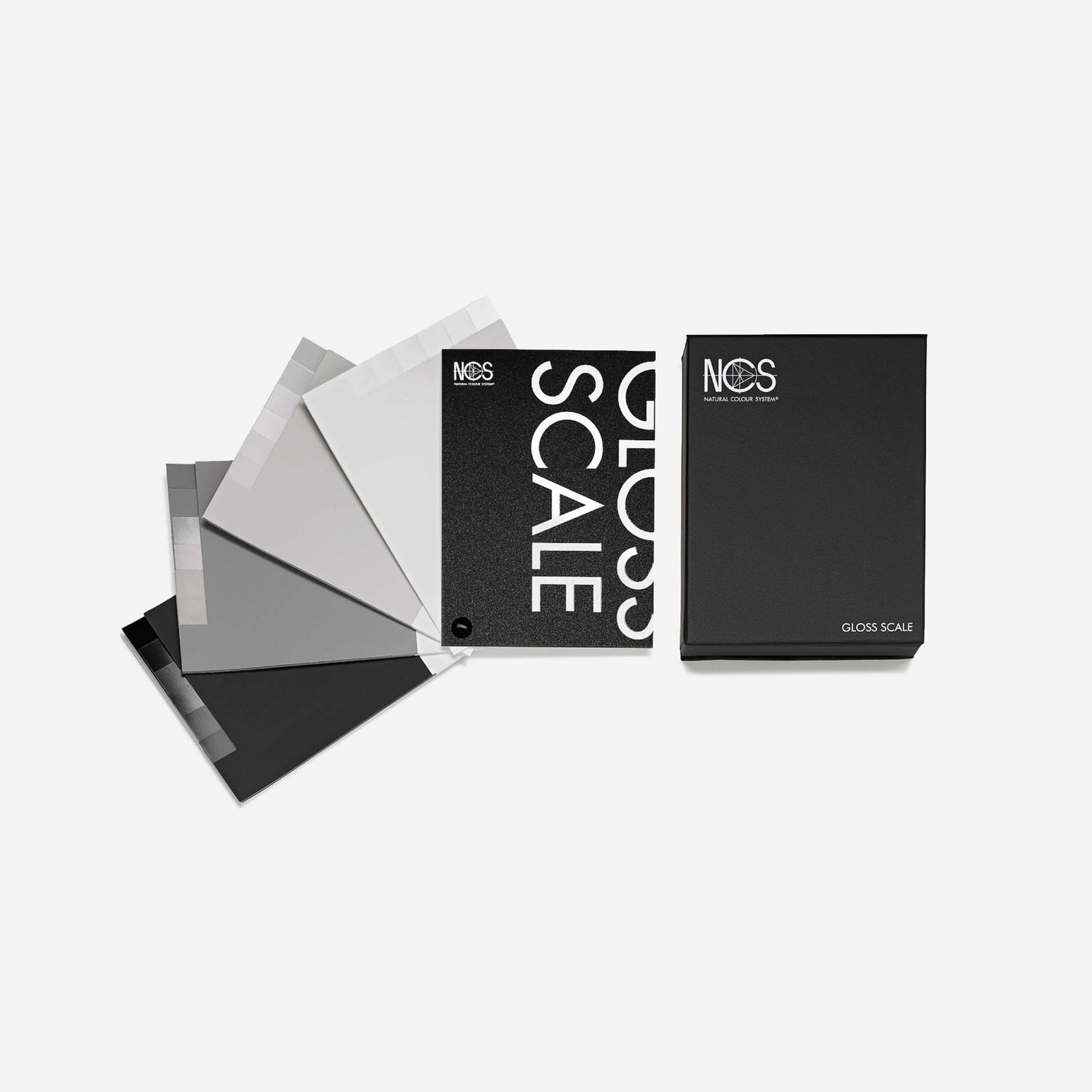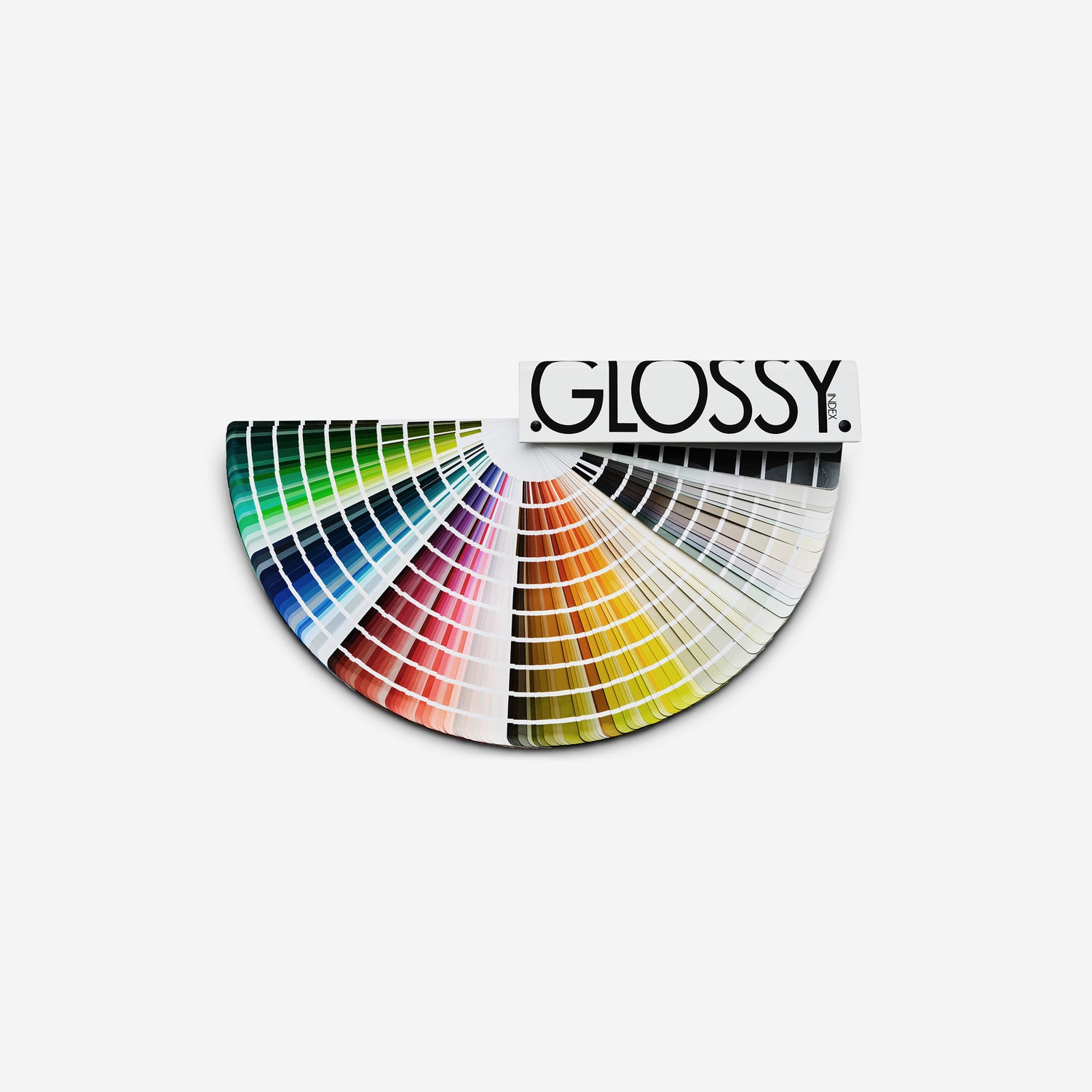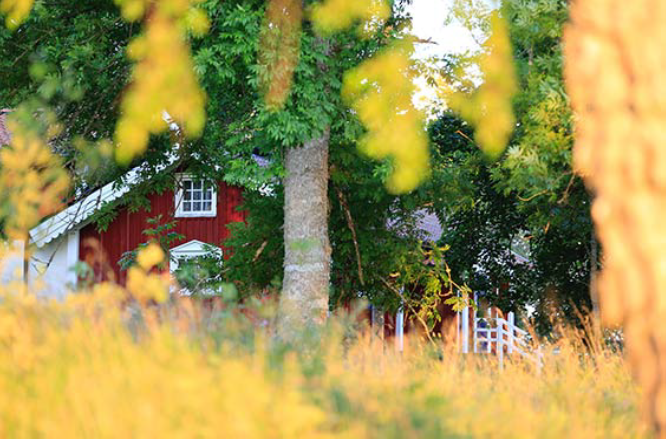
Good or Bad, Nice or Ugly?
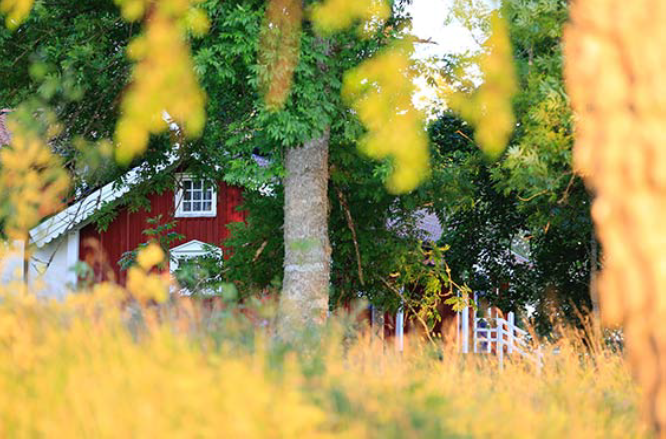
Why are some colours more appealing than others? Are there principles that can be applied to the use of exterior colours?
Exterior colour design will always be public and accessible for people in the area of the object. It will create feelings and sensations. It can be considered as good or bad colour design. It can be described as nice or ugly. All depending on the context like the surroundings, the light, the season - these factors will be discerned by the observer.
Exterior colour design by private houseowners in the northern part of Sweden
By tradition private houses in Sweden have been painted mainly in red but also in whiteish and yellowish tones. Due to technical limitations, historical background and from a practical point of view, these colour areas were accessible for the private house owners and from an aesthetic aspect, also suitable in the Swedish landscape.
As a result of the development in tinting of paint, where the modern tinting technology now can almost produce any colour shade, the range of colours has extended to other areas. New areas of off-whites, pastels and more chromatic colours have become more used by Swedish private houseowners. As a result, the selected exterior colours are now challenging the observer in a different way than what we are used to.
In this article we will present two different private houses, where the choice of exterior colour differs from the traditional colour scheme and how this makes the houses appear “awkward” in comparison with other houses. We will also give you some practical advice as what to consider when choosing an exterior colour.
We perceive colours differently
Exterior colour design can be carried out in different ways, but it always has a context. The object itself has its opportunities due to its shape, volume, style, material and origin. But it is also placed in a context where other aspects such as geography, history, the influx of light and its surroundings are adding information to the appearance. Our judgement of the colour will be based on all these parameters.
The most common exterior colour in northern Sweden
Sweden is a country with distinct changes in season, especially in the northern parts. There are lush green summers, brownish autumns, snowy white winters and pristine yellow-green springs. Swedish private houses have a wide tradition of certain exterior colours that have been used over the years. In these northern parts, exterior colours have traditionally been low in chromaticness and high in blackness. The result of this is a modest palette that does not interfere with other houses or nature. In the remote areas, the “Falu-red”, an iron-oxid waterbased paint, has been one of the most common facade colours.
Falu-red is a colour with some variations in the deep reddish area which can be illustrated best with NCS S 4550-Y70R. This colour would in figures be the most used facade colour for private houses in northern Sweden over the last two centuries. Apart from aesthetical reasons, where Falu-red is a perfect match with the colours of the Swedish nature during summer as well as for the other seasons, it has a preservative and protective factor in its paint. Also, it has been available and affordable for centuries.
Falu-red has been, together with other traditional pigments, the main palette together with yellowish-brownish-reddish colours. However, over the last decades the Swedish exterior colour palette has been widened into other colour areas, mainly due to technical developments. This means that colours with higher chromaticness are now available in paint products for exterior use.
Inherent colour NCS S 1040-Y40R, intended colour by the houseowner ≈ S 2030-Y40R and the perceived colour from the distance ≈ S 0550-Y40R.
Inherent colour NCS S 1020-R70B, intended colour by the houseowner ≈ S 2005-R70B and the perceived colour from the distance ≈ S 0525-R70B.
Blue colours for exteriors are very rare in northern Sweden and only used occasionally for small details, such as doors or window frames and cannot be considered a part of any traditional colour scheme.
To consider when choosing exterior colour
As we have noted with the two houses, the perceived colour will have less blackness than the inherent colour and will therefore be perceived more chromatic.
Hence, it is necessary to compensate the amount of blackness and chromaticness in the process of selecting the colour from a smaller sample. By decreasing the chromaticness with 5-10 units and increasing the amount of blackness with 10-15 units, the perceived colour of the object will coordinate more with the intended colour.
Furthermore, the following circumstances should be taken into consideration:
NCS Products and Services
At NCS Colour, we have developed products and services as well as educational activities to support professionals with their exterior colour work.
As well as education we offer both digital and physical design tools to help professionals in their colour work. A selection of these are:
For more information regarding our products and services, please contact us at info@ncscolour.com.
